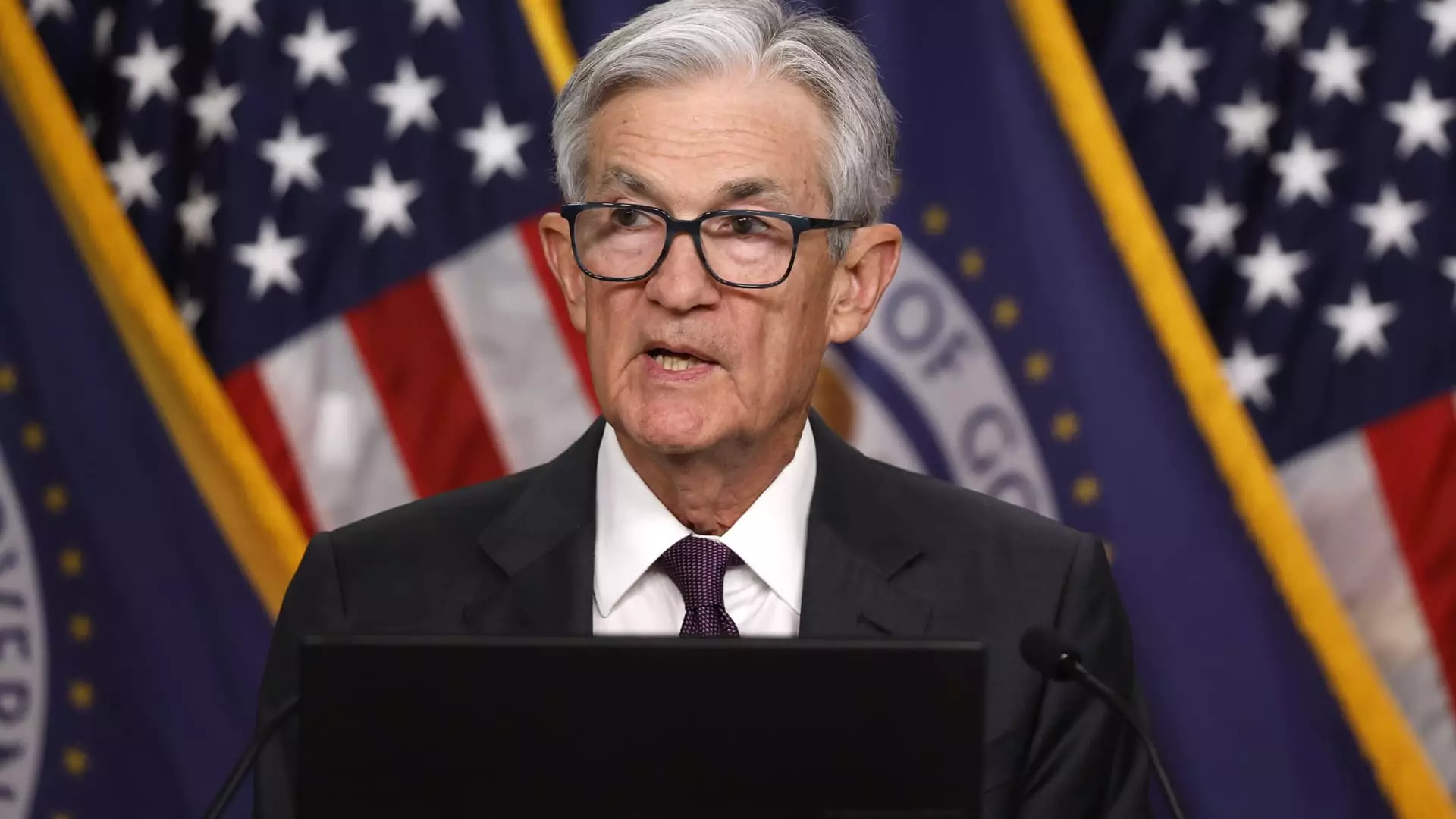In a world brimming with economic uncertainty, the recent decision by the Federal Reserve to maintain its key interest rate at a steady range of 4.25%-4.5% drew notable attention. This move comes at a time when the stakes are sky-high, with the looming effects of the Trump administration’s trade policies reshaping the economy’s trajectory. The Federal Open Market Committee (FOMC) chose to remain vigilant and patient, taking a cautious approach as it assesses various factors that could impact economic stability. The decision, which startled few in an atmosphere heavy with unpredictability, reflects the Fed’s ongoing struggle to navigate a complex economic landscape rife with risks on multiple fronts.
The Echoes of Uncertainty
The caution conveyed in the Fed’s post-meeting statement cannot be overlooked. For policymakers, the increased uncertainty surrounding the economic outlook paints a dire picture. As Chair Jerome Powell elucidated during his press conference, both inflation and unemployment risks have escalated, posing a dual challenge that the Fed must now grapple with. The failure to specifically address tariffs in the statement raises eyebrows, highlighting the delicate line the Fed must walk when it comes to delineating its stance amidst the myriad uncertainties swirling around trade policies.
This “two-sided” risk message is particularly telling. It implies that not only are we facing the possibility of higher inflation due to tariffs, but we also risk dampening economic growth, which could ignite stagnation similar to what we observed in the 1980s. This state of stagflation—characterized by stagnant economic growth coupled with high inflation—could hinder the progress made in the past few years and is certainly a scenario that echoes Stephen King’s cautionary tales, leaving us peering into the abyss of an uncertain economic future.
The Trade War’s Chaotic Influence
Indeed, the chaotic nature of the trade war stands as a formidable backdrop to the Fed’s decisions. The Trump administration’s aggressive stance on tariffs has sent shockwaves through U.S. markets, creating a fluctuating economic environment that even seasoned economists find difficult to predict. With 10% tariffs imposed on all U.S. imports and potential reciprocal duties in the pipeline, the landscape has become increasingly intricate. Stocks, while recovering momentarily after the Fed’s announcement, underscore the fragility of investor sentiment as traders remain alert to developments in trade negotiations.
While the economic indicators continue to flash mixed signals, including a contraction in GDP of 0.3% during the first quarter, Wall Street economists maintain a cautiously optimistic view, projecting a rebound in the second quarter. The FOMC’s acknowledgment of these “swings in net exports” as a key factor affecting data demonstrates just how interwoven international trade dynamics are with domestic economic performance.
Jobs and the Balancing Act
On the labor front, job growth remains a beacon of hope amid the prevailing gloom. Recent figures indicate an addition of 177,000 jobs in April, keeping the unemployment rate anchored at 4.2%. This performance provides the Fed with some leeway as it contemplates its next moves. However, the Fed cannot afford to overlook the underlying tensions; inflation rates have fallen to near its target of 2%, and the tipping point hinges largely on how escalating tariffs impact consumer prices. The expectations of a one-time price surge attributable to tariffs further complicate the Fed’s balancing act.
Trump’s insistence on the Fed to cut rates is another factor in this economic milieu. Despite inflation easing slightly—registered at 2.3% overall—suggestions of possible rate cuts this year are playing puppet to the trade situation. Market analysts have debated the Fed’s capacity to act decisively, with traders betting on multiple potential cuts in the latter part of the year. However, the volatility surrounding these predictions reveals a market still jittery with anticipation. As the next meeting arrives, the overarching narrative remains on the impact of these tariffs.
Looking Ahead with Cautious Optimism
As we move forward into this precarious landscape, the Fed’s decision to hold interest rates steady signifies more than just economic caution; it’s a reflection of a broader strategy to maintain stability in an unpredictable market. The amalgamation of conflicting signals from economic indicators requires the Fed to remain nimble, ready to respond as the trade landscape evolves. Confidence among consumers and businesses is vital for sustained growth, yet anxiety persists amidst ongoing tariff threats.
The central bank’s patient approach appears to be the best course of action for now, allowing time for policymakers to assess incoming data in this rapidly changing environment. It is an intricate dance—one that demands both prudence and foresight as we edge closer to potential economic turning points shaped by decisions made far beyond our borders.

